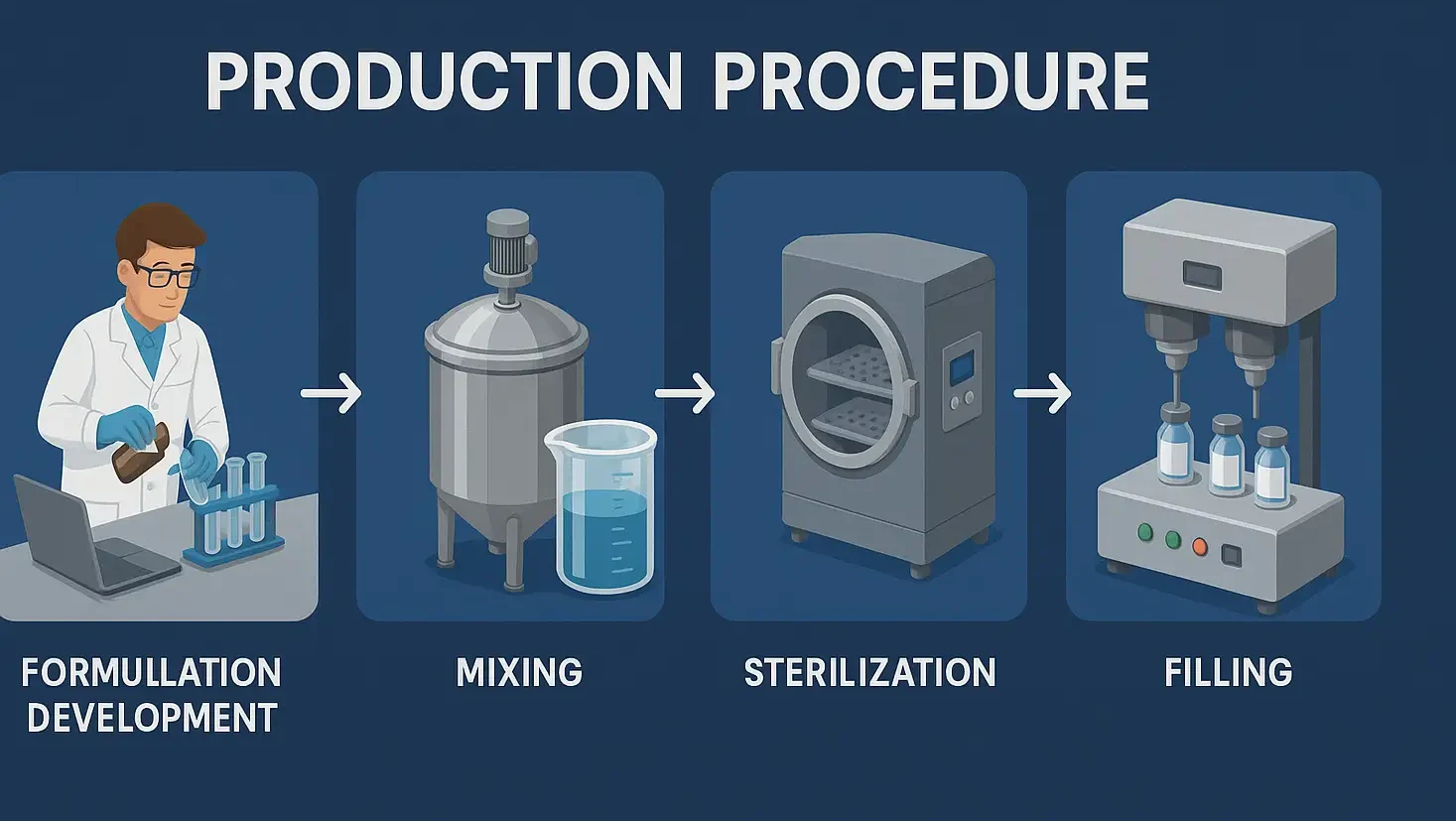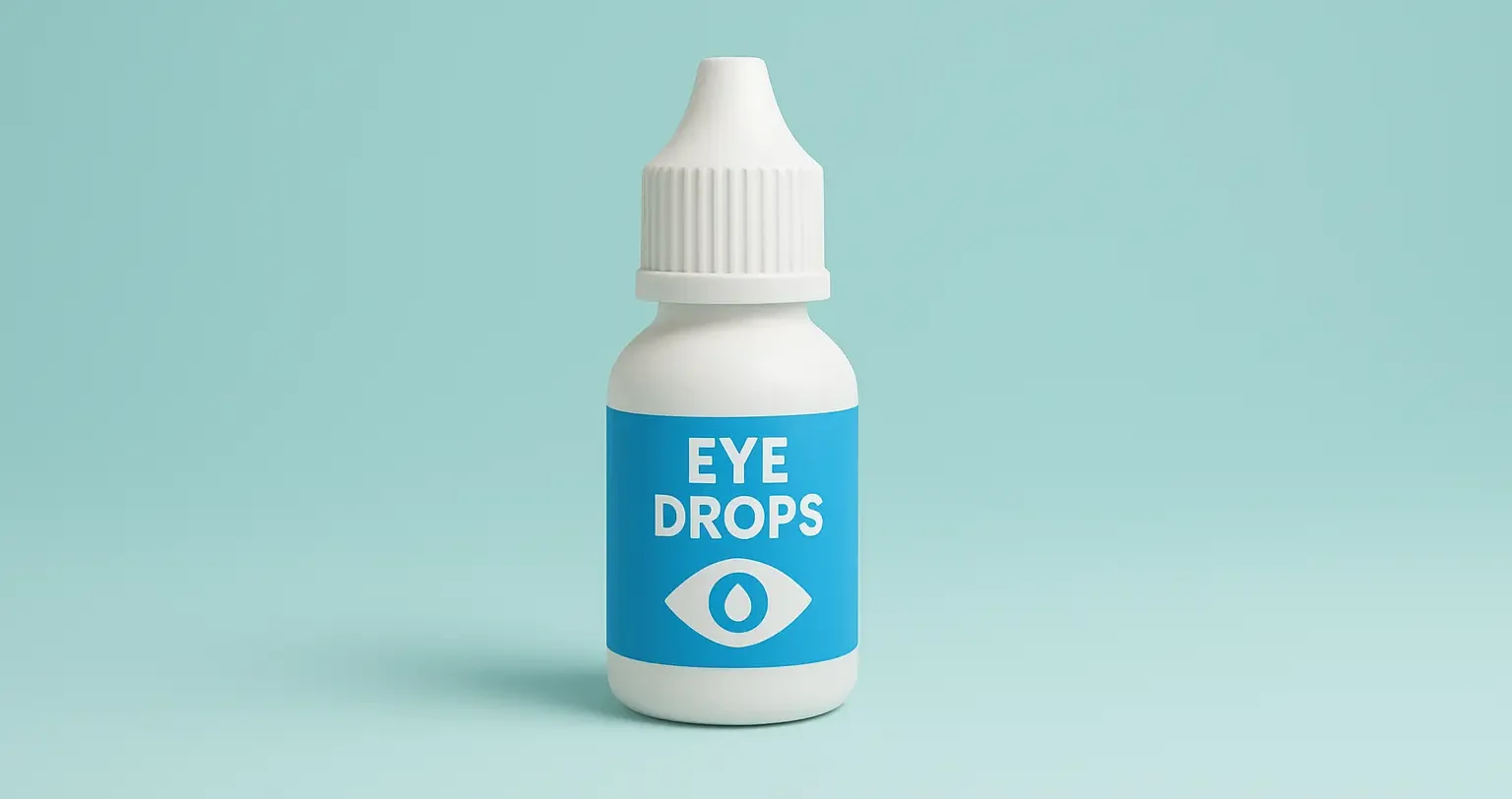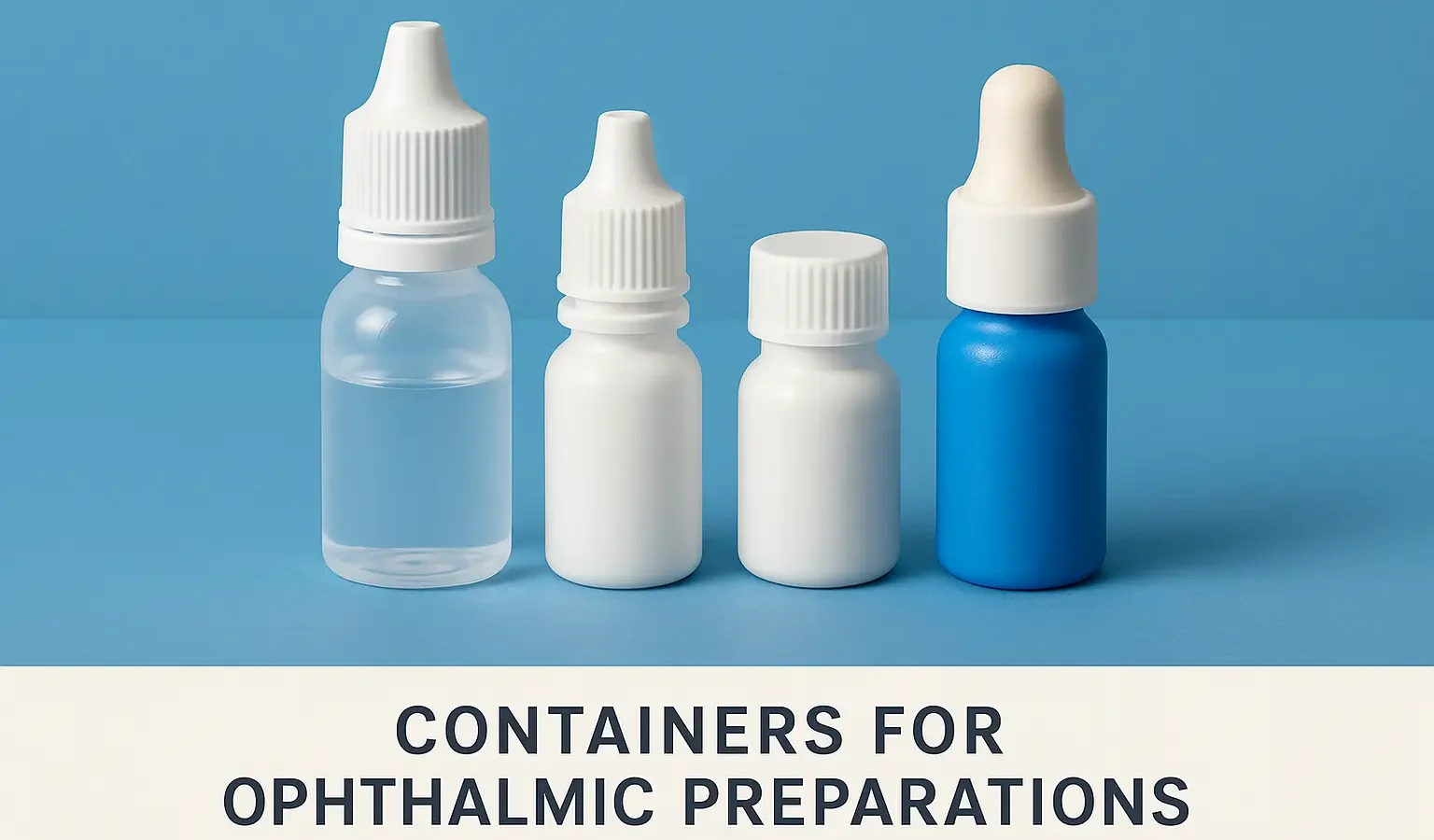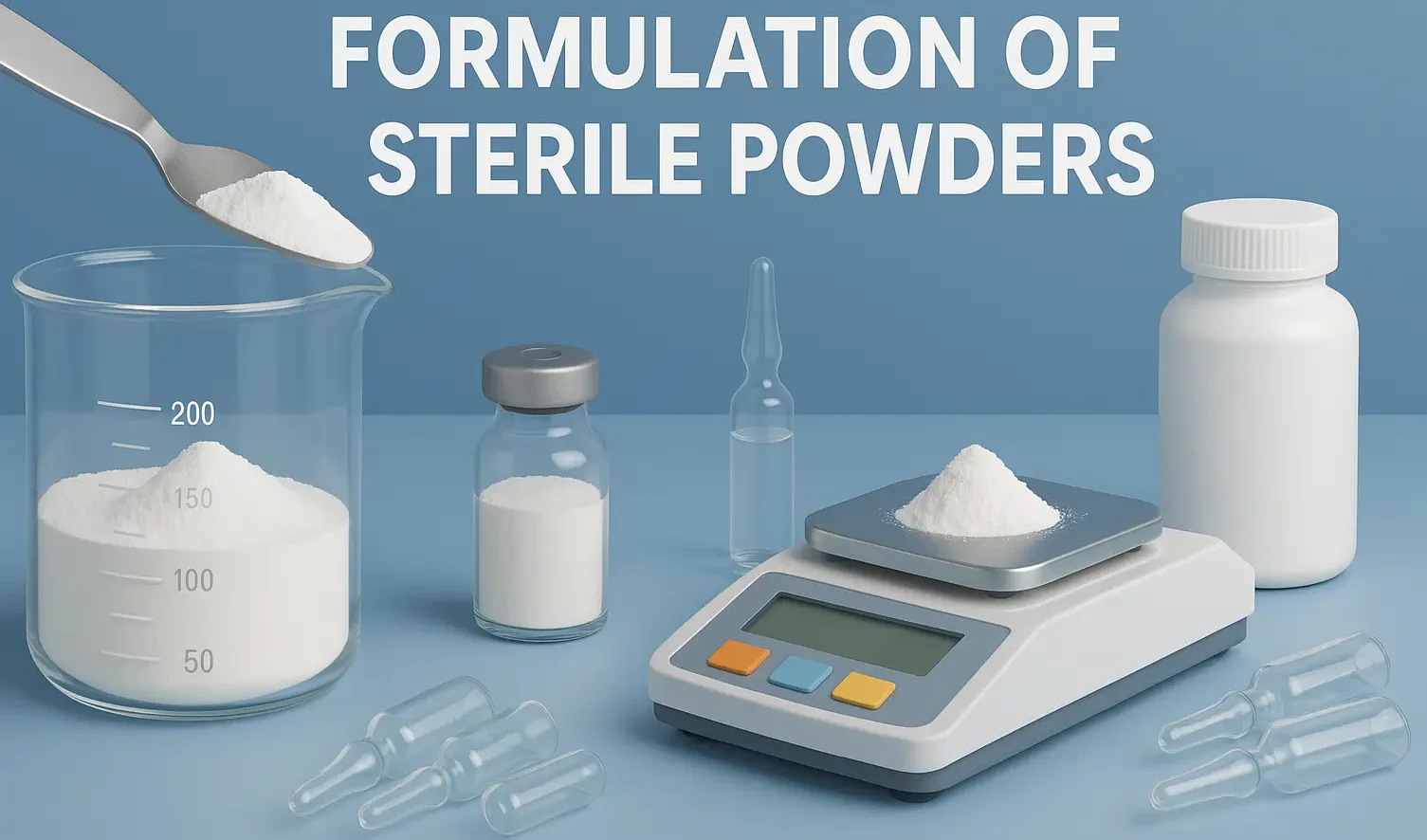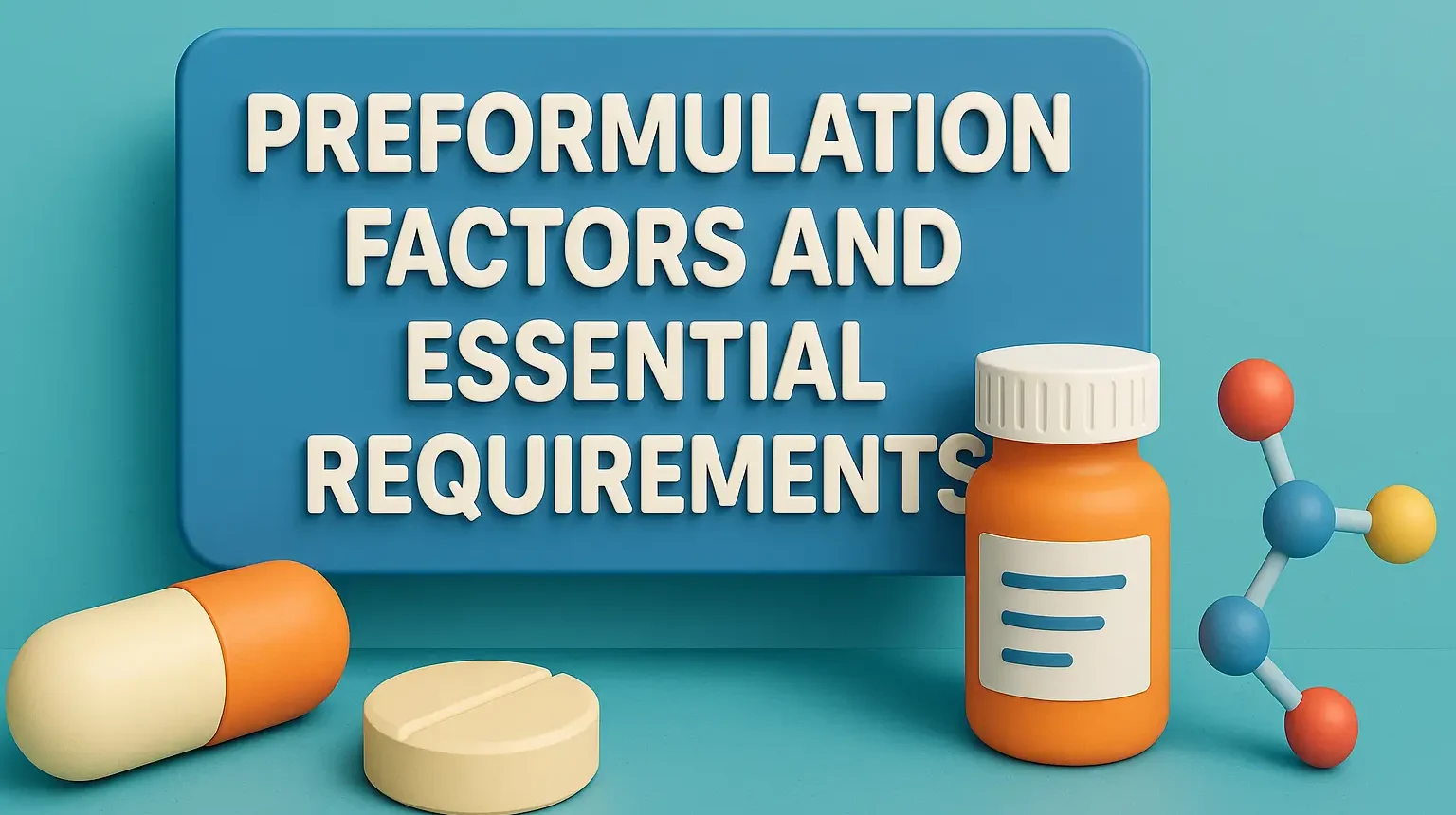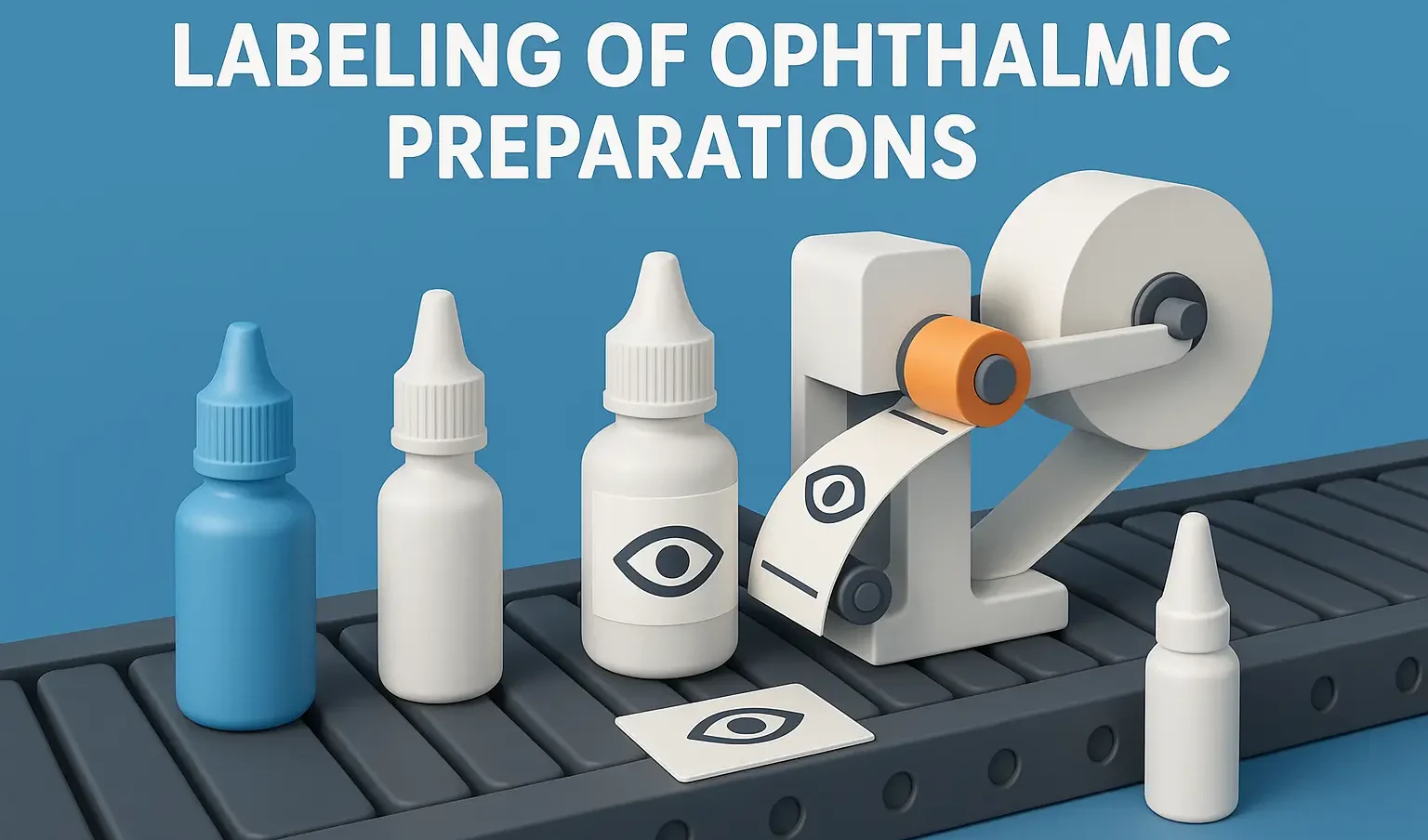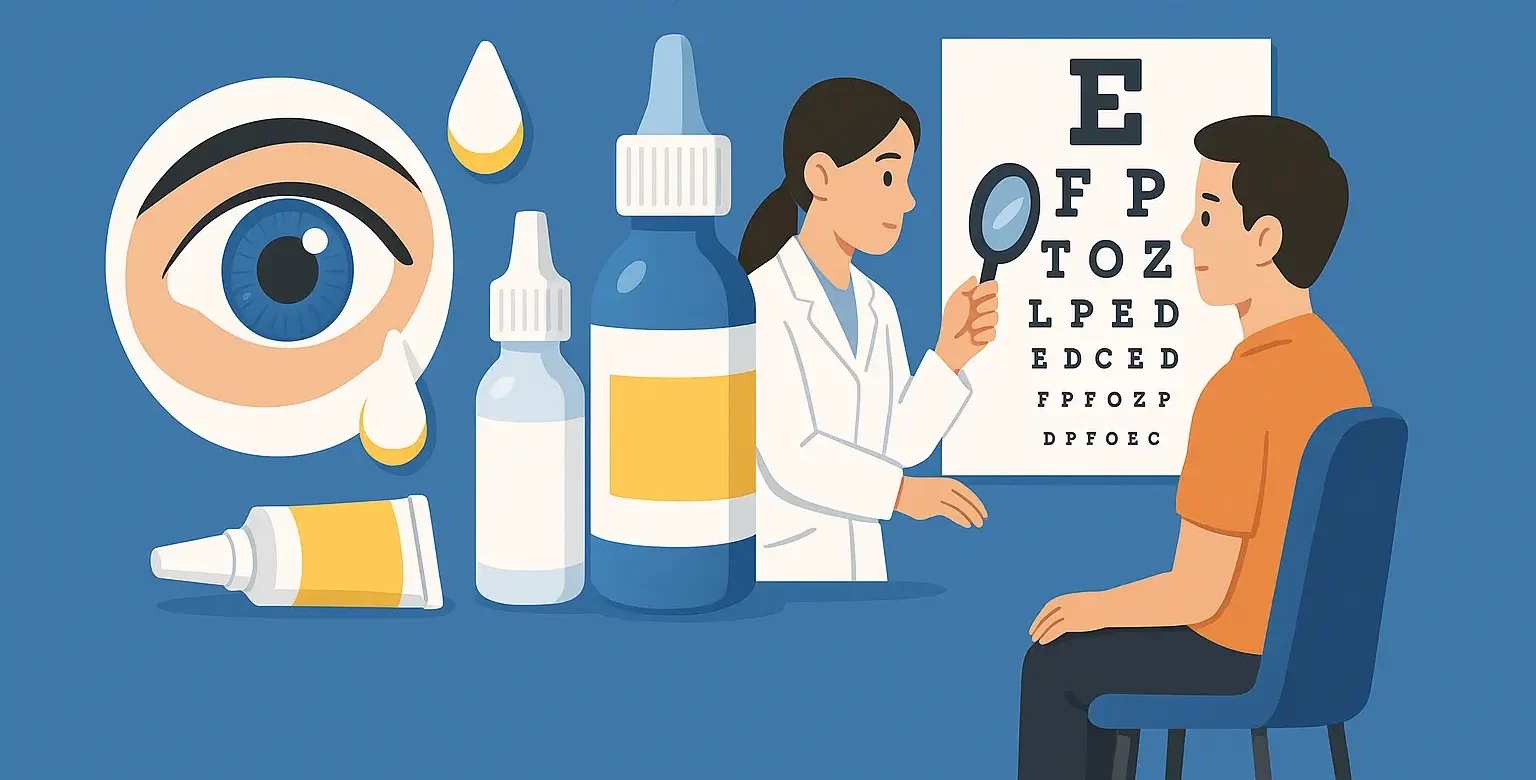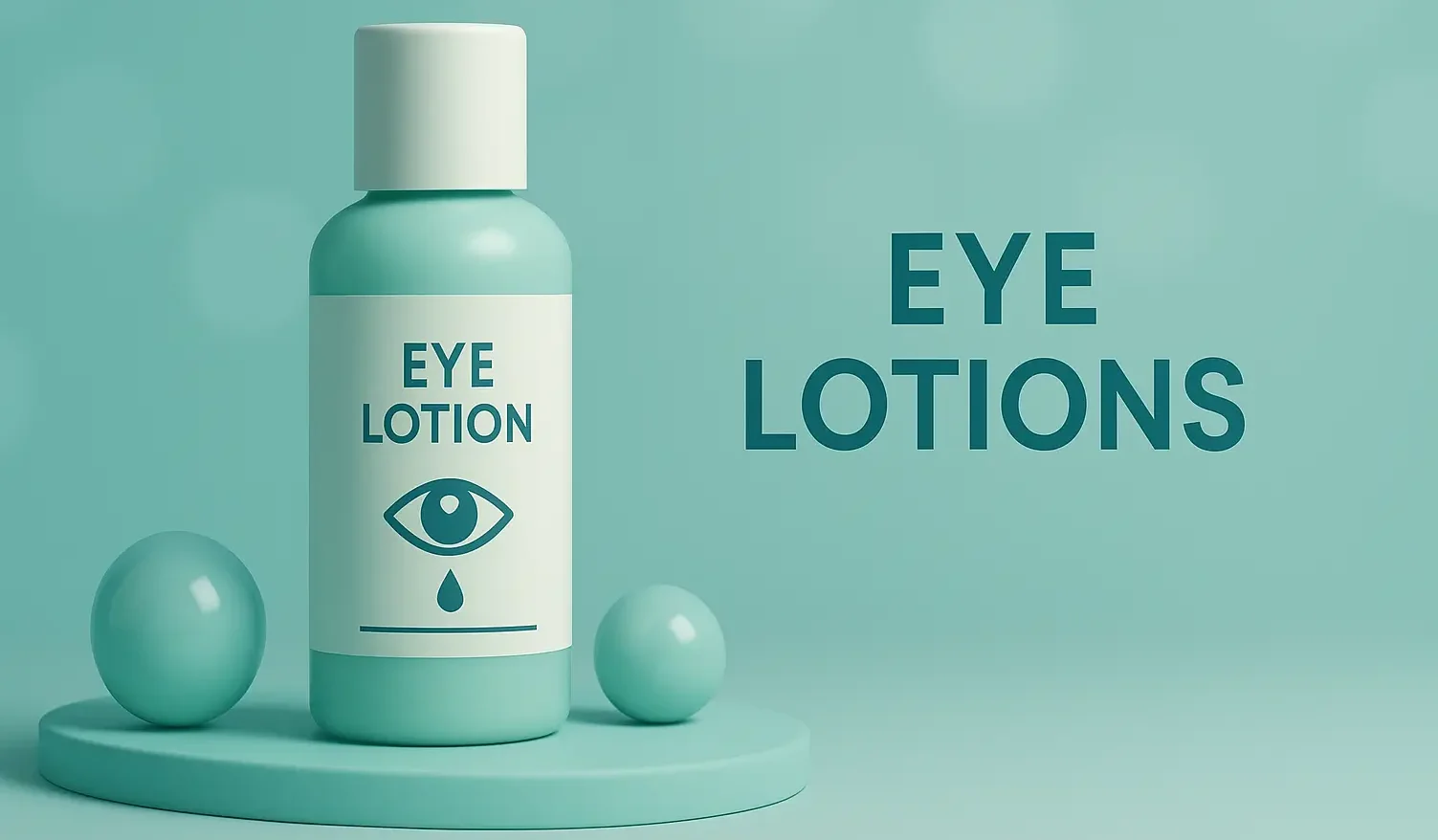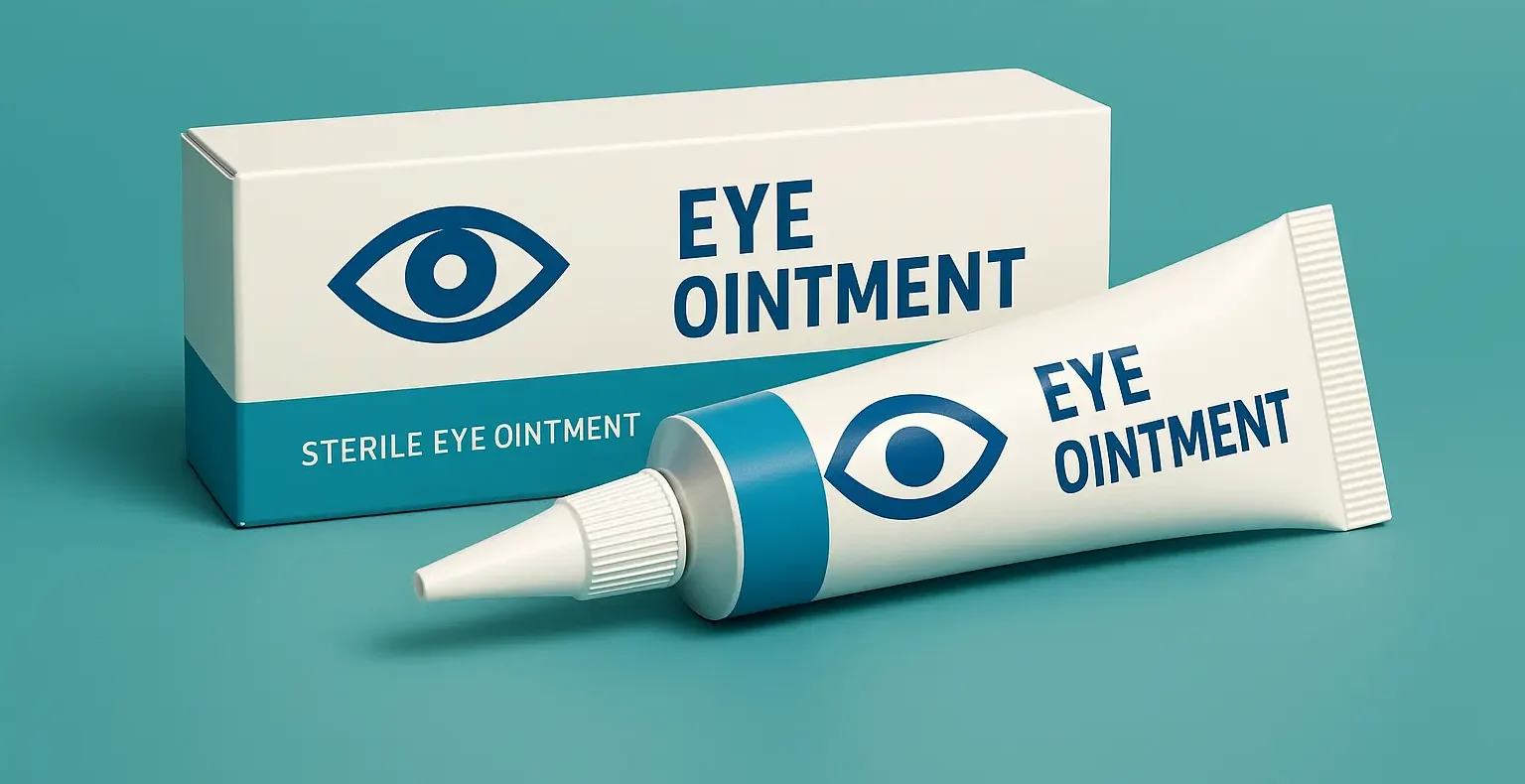Hard gelatin capsules
Introduction to Hard Gelatin Capsules: Definition: Capsules are solid dosage forms in which the drug substance (active pharmaceutical ingredient, API) and excipients are enclosed in a soluble container or shell. These capsules are cylindrical shells made from gelatin, designed to hold solid or semi-solid drugs. They consist of a cap and body that lock together … Read more


